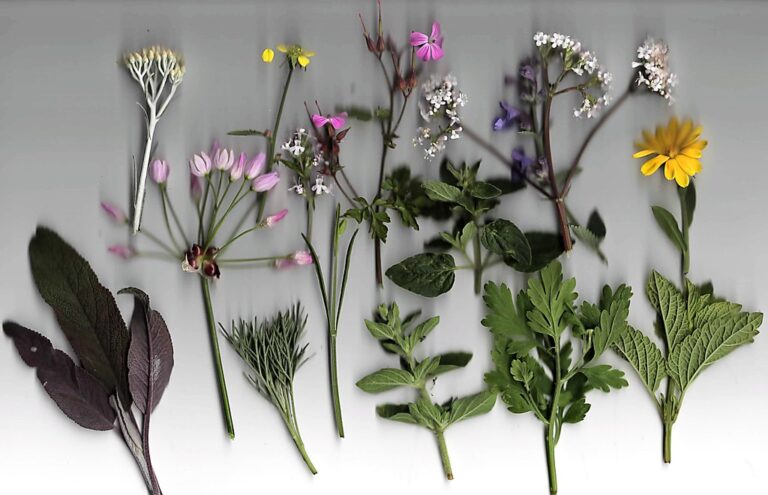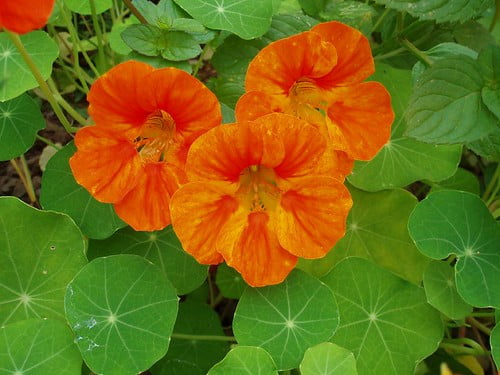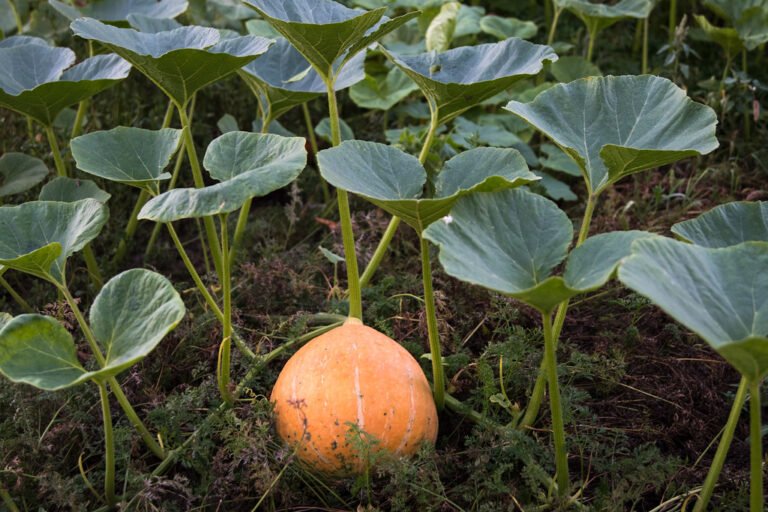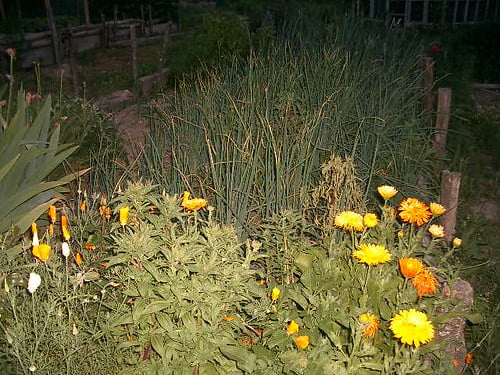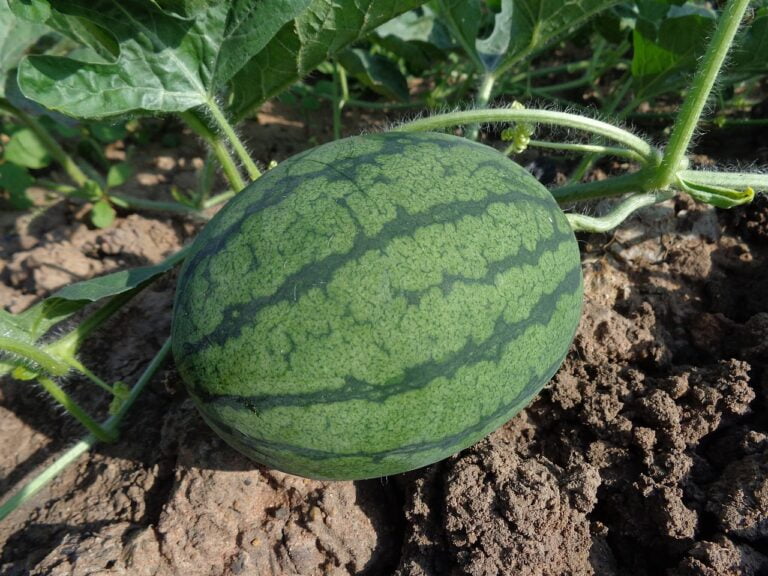Common Mistakes to Avoid in Companion Planting: Incompatible Pairings and Overcrowding Issues
Are you new to companion planting? Avoiding common mistakes can help you create a thriving garden. In this article, we'll address two major issues: incompatible pairings and overcrowding. By understanding the importance of plant compatibility and giving each plant enough space, you can maximize the benefits of companion planting. Stay tuned to learn practical tips for avoiding these mistakes and creating a harmonious garden that serves your plants' needs.
Choosing Incompatible Plant Combinations
Avoid making the mistake of pairing incompatible plants in your companion planting garden. Incompatible plant pairings can lead to stunted growth, poor yields, and increased susceptibility to pests and diseases. One common misconception about companion planting is that any combination of plants will work together. However, certain plants have different nutrient requirements, growth patterns, and pest vulnerabilities, making them unsuitable companions. For example, planting tomatoes and potatoes together is not advisable, as they both attract similar pests and can increase the risk of disease. To ensure successful companion planting, it is essential to research and understand the compatibility of different plants. Consider factors such as nutrient needs, growth habits, and pest resistance when selecting plant combinations. By avoiding incompatible pairings and choosing suitable companions, you can maximize the benefits of companion planting in your garden.
Overcrowding Plants in the Garden
To prevent overcrowding in your garden, it is important to carefully space out your plants. Proper spacing allows each plant to receive adequate sunlight, water, and nutrients, promoting their overall health and productivity. Here are three reasons why spacing plants is crucial for plant health:
- Sufficient airflow: When plants are spaced apart, there is ample room for air to circulate around them. This helps prevent the buildup of moisture, which can lead to fungal diseases and rot.
- Reduced competition: By giving each plant enough space, you minimize competition for resources like water and nutrients. This allows each plant to grow and develop without being hindered by neighboring plants.
- Easy access for maintenance: Adequate spacing makes it easier to access plants for pruning, weeding, and harvesting. This ensures that you can properly care for your plants and address any issues promptly.
Neglecting to Consider Plant Growth Habits
One common mistake is not considering the growth habits of plants when companion planting. Neglecting to take into account how plants grow can lead to issues such as overcrowding and competition for resources. It is important to understand the space requirements of each plant and choose complementary plants that can grow well together without hindering each other's growth. Proper plant spacing is crucial to ensure that each plant has enough room to develop its roots, access sunlight, and obtain nutrients from the soil. When choosing complementary plants, consider their height, spread, and root system. For example, planting tall plants next to shorter ones can provide shade and protection. By considering plant growth habits, you can create a harmonious and productive garden that maximizes the benefits of companion planting.
Ignoring the Nutrient and Water Requirements of Plants
When companion planting, it is crucial to consider the nutrient and water requirements of plants. Ignoring these needs can lead to nutrient deficiency and water stress, which can negatively impact plant health and productivity. To prevent nutrient deficiencies, ensure that each plant has access to the necessary nutrients by providing a well-balanced soil or using organic fertilizers. Proper watering techniques are also essential to maintain plant health. Water plants deeply and infrequently, allowing the soil to dry out between waterings to prevent root rot. Avoid overwatering, as it can lead to nutrient leaching and promote the growth of harmful pathogens. By paying attention to the nutrient and water requirements of plants, you can promote healthy growth and maximize the benefits of companion planting.
Failing to Rotate Companion Plantings
If you fail to rotate your companion plantings, you risk depleting the soil and increasing the likelihood of pest and disease problems. Crop rotation is an essential practice in companion planting that involves changing the location of your plants each year. By doing so, you can prevent the buildup of pests and diseases that tend to target specific plant families. Additionally, crop rotation helps to maintain soil fertility by preventing nutrient depletion. Different plants have varying nutrient requirements, and rotating your crops allows the soil to replenish itself naturally. Furthermore, by alternating the types of plants in each bed, you can also disrupt the life cycles of pests, reducing their numbers and the need for chemical intervention. So remember, rotating your companion plantings is a simple yet effective way to promote healthy, thriving plants and a productive garden.
Not Giving Enough Consideration to Sun and Shade Requirements
Consider the sun and shade requirements of your companion plants to ensure optimal growth and productivity. Neglecting to give enough consideration to the specific needs of each plant can lead to poor results in your garden. Here are three important things to keep in mind when it comes to sun and shade requirements:
- Different plants have different needs: Some plants thrive in full sun, while others prefer partial shade. It is crucial to understand the specific requirements of each plant before deciding where to place them in your garden.
- Observe the sunlight patterns: Take note of how the sun moves across your garden throughout the day. This will help you determine which areas receive full sun, partial shade, or full shade. Adjust your planting accordingly.
- Ensure proper planting space: Plants that require full sun should not be overshadowed by taller plants that prefer shade. Consider the height and spread of each plant when designing your garden layout to ensure they all receive the right amount of sunlight.
Planting Invasive or Aggressive Species as Companions
To avoid common mistakes in companion planting, be mindful of planting invasive or aggressive species as companions in your garden. Understanding plant aggression and implementing effective invasive species management techniques is crucial for maintaining a healthy and balanced garden ecosystem. Invasive or aggressive species can quickly overtake other plants and disrupt the harmony of your garden. They can outcompete native species for resources such as sunlight, water, and nutrients, causing harm to the surrounding plants. It is important to research and choose companion plants that have similar growth habits and are not known to be invasive. Regular monitoring and timely removal of any invasive plants that may have been mistakenly planted as companions is essential to prevent them from causing harm to your garden. By being proactive and mindful of plant aggression, you can create a thriving and harmonious garden environment.
Neglecting to Monitor for Pest and Disease Issues
Stay vigilant and regularly monitor your garden for pest and disease issues. Monitoring pest issues and managing disease problems are crucial for maintaining a healthy and thriving garden. Here are three important reasons why you should make pest and disease monitoring a priority:
- Early detection: Regular monitoring allows you to catch pest infestations or disease outbreaks early on, giving you a better chance of controlling and managing them effectively.
- Preventive measures: By staying on top of pest and disease issues, you can take proactive steps to prevent their spread. This may include implementing organic pest control methods, practicing good sanitation, and using disease-resistant varieties.
- Protect your plants: Monitoring helps you protect your plants from potential damage caused by pests and diseases. By identifying and addressing issues promptly, you can minimize the impact on your garden and ensure the health and productivity of your plants.
Forgetting to Provide Adequate Support for Climbing Plants
To ensure the growth and stability of your climbing plants, it is important to provide them with adequate support. Without proper support structures, such as trellises or stakes, these plants may become weak, prone to breakage, or fail to reach their full potential. Climbing plants, such as tomatoes, cucumbers, or beans, rely on vertical gardening techniques to thrive and produce abundant yields.
When selecting a support structure, consider the specific needs of your climbing plants. For example, some plants, like peas, have delicate tendrils that require a trellis with small openings for them to grab onto. Other plants, like heavy squash vines, may require sturdier support, such as a strong stake or a heavy-duty trellis.
Proper plant support also helps to maximize space in your garden. By training climbing plants to grow vertically, you can make the most of limited garden space and create a visually appealing display.
Remember to periodically check and adjust the support structures as the plants grow. Secure any loose ties or stakes to prevent accidents or damage to the plants.
Overlooking the Importance of Timing When Companion Planting
When companion planting, it is crucial that you do not overlook the importance of timing. Proper timing can greatly impact the success of your garden and the health of your plants. Here are some key points to keep in mind:
- Importance of Succession Planting: Succession planting involves sowing seeds or planting seedlings at different times to ensure a continuous harvest. This technique allows you to maximize your garden space and extend the growing season. By staggering your plantings, you can avoid overcrowding and ensure a steady supply of fresh produce.
- Benefits of Intercropping: Intercropping is the practice of growing different crops together in the same space. It can help deter pests, improve soil health, and increase overall yield. Timing is crucial when intercropping, as certain plants may have different growth rates or specific requirements. By pairing compatible plants and considering their growth habits, you can optimize their symbiotic relationship.
- Harvest Timing: Harvesting at the right time is essential for optimal flavor and nutrition. Some plants, like tomatoes, should be harvested when fully ripe, while others, like herbs, are best picked before they flower. Regularly monitoring your plants and harvesting at the appropriate time will ensure the best quality produce.
Frequently Asked Questions
What Are Some Examples of Invasive or Aggressive Species That Should Not Be Planted as Companions?
Some invasive or aggressive species that you should avoid planting as companions are mint, bamboo, and morning glory. Instead, consider planting alternatives like marigold, lavender, and Nasturtium.
How Can I Effectively Monitor and Prevent Pest and Disease Issues in Companion Planting?
To effectively monitor and prevent pest and disease issues in companion planting, you can use integrated pest management techniques and natural remedies for control. Regularly inspect plants, remove affected ones, and use organic sprays if necessary.
What Are Some Common Mistakes to Avoid When Providing Support for Climbing Plants?
To support climbing plants effectively, avoid common mistakes. Consider vertical support options like trellises or stakes. Learn proper pruning techniques to promote healthy growth. Prevent overcrowding to avoid competition and disease.
How Can I Determine the Correct Timing for Companion Planting?
To determine the best time for companion planting, consider the growth habits of each plant, their sunlight and water requirements, and their compatibility. Intercropping provides benefits like pest control and increased yield.
Are There Any Alternative Methods to Consider When It Comes to Rotating Companion Plantings?
There are alternative methods for rotating companion plantings that you can consider. One option is intercropping, which has many benefits like maximizing space and reducing pest problems.
Conclusion
In conclusion, by avoiding common mistakes in companion planting such as incompatible pairings, overcrowding, neglecting growth habits, ignoring nutrient requirements, failing to rotate plantings, planting invasive species, neglecting pest and disease issues, failing to provide support for climbing plants, and overlooking timing, gardeners can create a more successful and productive garden. By being informed, practical, and proactive, gardeners can ensure that their companion plantings thrive and provide a multitude of benefits for their overall garden ecosystem.

